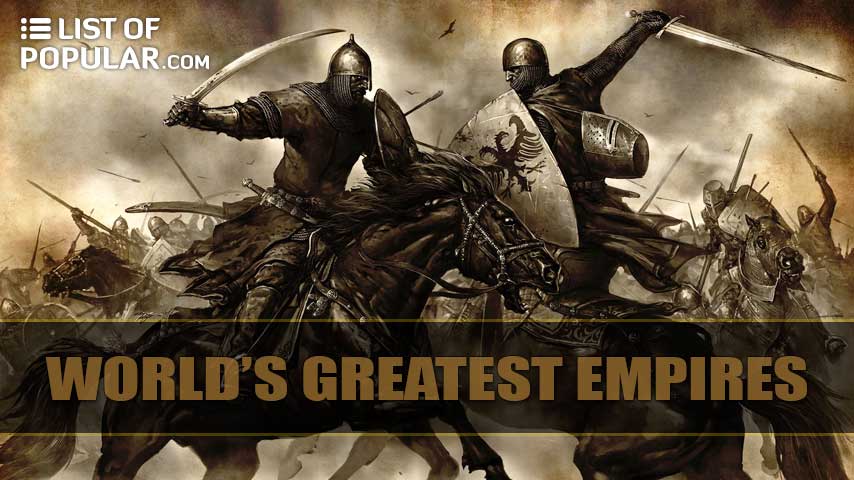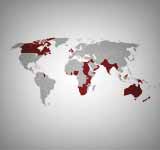Maximum land area: 35.5 million km2Percentage of world land area: 23.84%Period of maximum extension: 1920The British Empire was the greatest empire of all time. At its peak, shortly after the First World War, the Empire comprised a population of 458 million people, a quarter of the then-world population. With its nearly 31 million km², it extended to around a quarter of the land area. The king of the United Kingdom was at the head of the British Empire.
2. Mongol Empire
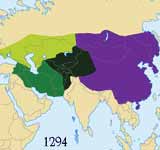
Maximum land area: 24.0 million km2Percentage of world land area: 16.11%Period of maximum extension: 1270 or 1309The Mongolian Empire was founded in 1206 by Genghis Khan. At its peak, it encompassed an area that stretched from Southeast Asia to Eastern Europe. It is the second largest empire in world history, only the British Empire was larger in size. After the death of Khan in 1294 it fell apart into several, smaller parts.
3. Russian Empire
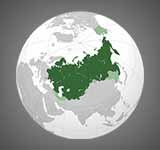
Maximum land area: 22.8 million km2Percentage of world land area: 15.31%Period of maximum extension: 1895The Russian Empire, also known as the Imperial Russia, was an empire that existed from 1721 to September 1917 when the republic was proclaimed under the leadership of the Provisional Government. The Russian Empire originated from the Tsardom of Russia, which was ruled by the successors of Tsar Ivan IV. The Russian Empire was an absolute (hereditary) monarchy headed by an emperor from the Romanov house.
4. Spanish Empire
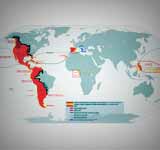
Maximum land area: 13.7-20.0 million km2Percentage of world land area: 9.20%-13.43%Period of maximum extension: 1810 or 1750The Spanish Empire or the Universal Spanish Monarchy is the name for the union of kingdoms, dependencies and colonies subordinate to Spain between 1492 and 1898. It was the largest empire of the early modern period and in particular left its mark on the history, language, religion and culture of present day Latin America. The Spanish Empire originated after the Castilian War of Succession (1475-1479), in which Portugal got involved. The war was settled with the Alcáçovas Treaty (1479). Portugal renounced the throne and the Crown of Aragon and the Crown of Castile were united.
5. Qing dynasty
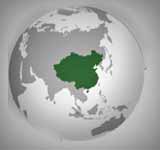
Maximum land area: 12.16-14.7 million km2Percentage of world land area: 8.16%-9.87%Period of maximum extension: 1820 or 1790The Qing Dynasty, also called Manchu Dynasty, was the last imperial dynasty of China. It succeeded the Ming Dynasty in 1644 and was itself replaced by the Republic of China in 1912. The origin of the dynasty lay in Manchuria with the Aisin Gioro, one of the many clans that lived in the area. Under Nurhaci (1559–1626), the clan, through conquest and alliances, became the dominant of all tribes of the Jurchen and other tribes northeast of the Chinese empire. Nurhaci managed to unite it in a confederation. In 1616 he named his dynasty as the Later Jin. Under his son Hong Taiji (1592–1643), the multi-ethnic coalition was established which he named Manchus in 1635. In 1636, Hong Taiji renamed the dynasty name and named it Qing. In 1644 the Manchus conquered Beijing. After taking Beijing, it would take another forty years for the Qing to have effectively consolidated their power across the country.
6. Second French colonial empire
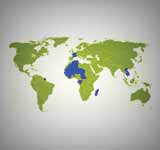
Maximum land area: 11.5 million km2Percentage of world land area: 7.72%Period of maximum extension: 1920At the end of the Napoleonic wars, France only recovered part of the colonies. The United Kingdom annexed Saint Lucia, Tobago, the Seychelles and Mauritius. Guadeloupe and Martinique in the West Indies, French Guiana, the French branches in Senegal and the Indies and the island of Bourbon (Réunion), became French again. They were later called the old colonies, to distinguish them from the later acquired territories. They were relatively small areas with little economic interest, mainly because the sugar beet had a fatal blow to the production of cane sugar on the islands.
7. Abbasid Caliphate
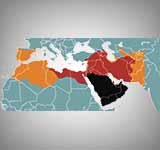
Maximum land area: 11.1 million km2Percentage of world land area: 7.45%Period of maximum extension: 750The Caliphate of the Abbasid was an Islamic empire, ruled by the Abbasid dynasty that ruled from 750 to 1258. The capital of the empire was first Kufa and later Baghdad, Samarra and Ar-Raqqah. At the head of the empire was the Caliph, who was the worldly leader. The Abbasids took over almost the entire caliphate of the Umayyads, who ruled up to 750 from Damascus. However, the Umayyads retained Al-Andalus and eventually regrouped in 756 to the emirate of Cordoba, laterCaliphate Cordoba, which lasted until 1031.
8. Umayyad Caliphate
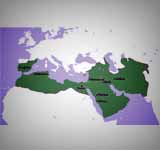
Maximum land area: 11.1 million km2Percentage of world land area: 7.45%Period of maximum extension: 720The Umayyad (or Umayyads, Banu Umayya) formed a dynasty of 661 to 750 the Arab Empire controlled. The Umayyads were originally a major clan of Mecca and were the main clan in the Islamic world. In total, fourteen members of the clan ruled over the then Islamic world as Caliphs. After the Umayyads were defeated by the Abbasids in 750, the refugee Prince Abd al-Rahman Ithe dynasty continued in Spain until 1027. The Umayyad clan belonged to the Quraysh, a group of clans who lived in Mecca and the Hajjaz region.
9. Yuan dynasty
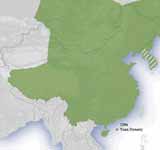
Maximum land area: 11.0-13.72 million km2Percentage of world land area: 7.39%-9.21%Period of maximum extension: 1310 or 1330The Yuan Dynasty was the imperial dynasty that ruled China from 1279 to 1368. It succeeded the Song Dynasty. The Yuan Dynasty was the continuation of the Mongolian Empire and a new dynasty in China. In the Yuan Shi (the history of the Yuan), written in 1370, during the next Ming Dynasty (1368-1644), the Yuan Dynasty is synonymous with the Mongol empire. According to that book, the dynasty begins with the appointment of Genghis Khan in 1206 as khagan. Later Chinese historians who saw the Yuan as an exclusively Chinese dynasty placed the beginning of that dynasty at the final fall of the Southern Song Dynasty in 1279.
10. Xiongnu Empire
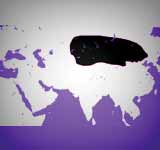
Maximum land area: 9.0 million km2Percentage of world land area: 6.04%Period of maximum extension: 176 BCThe Xiong Nu or Xiongnu (pronounced:"Sjieong Noe" or "Hong Nuu") was nomadic peoples in the 3rd century BC, a vast empire in Asia. They were called Guifang during the Shang Dynasty and during the Zhou Dynasty: Xianyun. The origin of the Xiong Nu is controversial and there are different theories. It is said that they consisted of the actual Xiong and their Now or their slaves. The dry steppe areas that they inhabited required a nomadic existence with herds of sheep, horses or goats.
11. Brazilian Empire

Maximum land area: 8.337 million km2Percentage of world land area: 5.60%Period of maximum extension: 1889The Empire of Brazil is a country that was founded in the 19th century and covers an area that is now part of Brazil and Uruguay. This country is a representative parliamentary constitutional monarchy led by Emperor Dom Pedro I and his son, Dom Pedro II, both were members of Wangsa Braganza, one of the branches of the Kapetian Dynasty. Initially Brazil was a colony of the Kingdom of Portugal. This area later became the center of the position of the Portuguese Empire in 1808 with Rio de Janeiro as its capital after Dom João VI escape from Portugal due to the invasion of Napoleon I.
12. Empire of Japan
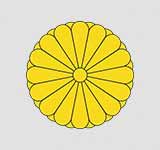
Maximum land area: 7.4–8.51 million km2Percentage of world land area: 5.49%–6.32%Period of maximum extension: 1938 or 1942The Japanese empire emerged as an indirect consequence of an important event in 1642. That's when Japan cut itself off from the rest of the world: no more people were allowed to enter or leave the country. This was due to the fear of the Japanese for an invasion from the West: they were afraid that they would become a colony of a European country. Japan remained isolated from the world for about 200 years, but in 1854 the US forced the Japanese to reopen their borders. The Japanese were still very afraid of the West and therefore they did everything to become more powerful than the rest of the world.
13. Iberian Union
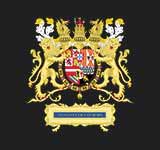
14. Eastern Han dynasty
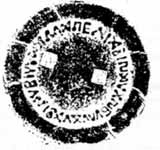
15. Ming dynasty
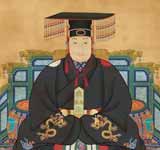
16. Rashidun Caliphate
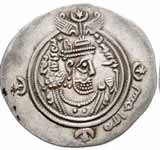
17. Göktürk Khaganate
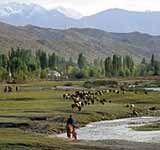
18. Golden Horde Khanate

19. Western Han dynasty

20. Achaemenid Empire

21. Second Portuguese Empire

22. Tang dynasty

23. Macedonian Empire

24. Ottoman Empire

25. Roman Empire

26. Tibetan Empire

27. Timurid Empire

28. Fatimid Caliphate

29. Eastern Turkic Khaganate

30. Hephthalite Empire

31. Hunnic Empire

32. Mughal Empire

33. Great Seljuq Empire

34. Seleucid Empire

35. Italian Empire

36. Ilkhanate

37. Chagatai Khanate

38. Sasanian Empire

39. Western Turkic Khaganate

40. First French colonial empire

41. Ghaznavid Empire

42. Maurya Empire

43. Delhi Sultanate (Tughlaq dynasty)

44. German colonial empire

45. Song dynasty

46. Uyghur Khaganate

47. Western Jin dynasty

48. Sui dynasty

49. Samanid Empire

50. Eastern Jin dynasty

51. Median Empire

52. Parthian Empire

53. Rouran Khaganate

54. Byzantine Empire

55. Indo-Scythian Kingdom

56. Liao dynasty

57. Greco-Bactrian Kingdom

58. Later Zhao

59. Maratha Empire

60. Jin dynasty

61. Khwarazmian Empire

62. Qin dynasty

63. First French Empire

64. Kievan Rus'

65. Mamluk Sultanate

66. Third Portuguese Empire

67. Almohad Caliphate

68. Cao Wei

69. Former Qin

70. Former Zhao

71. Inca Empire

72. Kushan Empire

73. Liu Song dynasty

74. Northern Wei

75. Western Roman Empire

76. Ayyubid Dynasty

77. Gupta Empire

78. Eastern Wu

79. Buyid dynasty

80. Northern Qi

81. Northern Zhou

82. Assyria

83. Eastern Maurya Empire

84. Liang dynasty

85. Kingdom of Aksum

86. Shang dynasty

87. Francia

88. Srivijaya

89. Indo-Greek Kingdom

90. Mali Empire

91. Polish–Lithuanian Commonwealth

92. Almoravid dynasty

93. Empire of Harsha

94. Gurjara-Pratihara dynasty

95. Holy Roman Empire

96. Khazar Khanate

97. Khmer Empire

98. New Kingdom of Egypt

99. Ptolemaic Kingdom

100. Qara Khitai

101. Shu Han

102. Tahirid dynasty

103. Western Xia

104. First Bulgarian Empire

105. Akkadian Empire

106. Avar Khaganate

107. Chu (state)

108. First Portuguese Empire

109. Huns

110. Songhai Empire

111. Hyksos

112. Twenty-sixth Dynasty of Egypt

113. Austro-Hungarian Empire

114. Caliphate of Córdoba

115. Visigothic Kingdom

116. Zhou dynasty

117. Kosala

118. Lydia

119. Magadha

120. Middle Kingdom of Egypt

121. Neo-Babylonian Empire

122. Satavahana dynasty

123. Twenty-fifth Dynasty of Egypt

124. Western Satraps

125. Second Bulgarian Empire

126. New Hittite Kingdom

127. Xia dynasty

128. Middle Assyrian Empire

129. Old Kingdom of Egypt

130. Ancient Carthage

131. Indus Valley Civilisation

132. Mitanni

133. First Babylonian Empire

134. Aztec Empire

135. Elamite Empire

136. Phrygia

137. Second Dynasty of Isin

138. Urartu

139. Middle Hittite Kingdom

140. Old Assyrian Empire

141. Old Hittite Empire

142. Ashanti Empire

143. Larsa

144. Neo-Sumerian Empire

145. Lagash

146. Sumer


